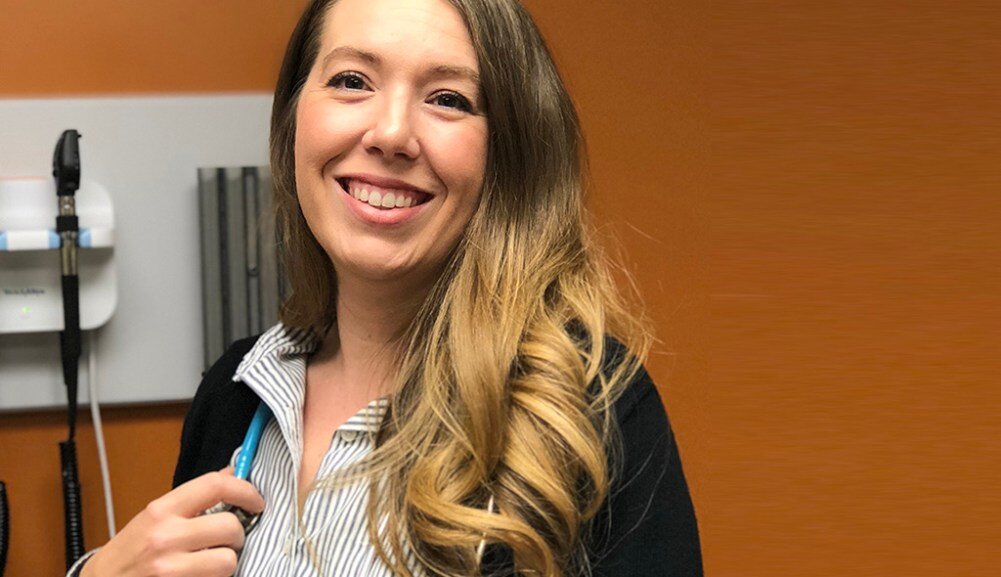Take control—Know your type 2 diabetes risk
As National Diabetes Month comes to a close, we invite you to take this 1-minute assessment to learn your risk for prediabetes. In prediabetes, blood sugar levels are higher than normal, but not yet high enough for a diabetes diagnosis. If you are at high risk, your primary care provider can guide you through lifestyle changes that may lower your risk of eventually developing diabetes.
Diabetes Q & A with Kelly Peasley, Family Nurse Practitioner
Kelly sees patients of all ages at Open Door’s Anderson primary care location. To schedule an appointment, call (765) 286-7000.
Q: Are there diabetes symptoms I should look for?
A: Most people have no symptoms or signs of diabetes before being diagnosed. This is why being aware of your risk factors is important. However if you notice the need to urinate more often, are feeling more thirsty than normal, or have blurred vision, you should schedule an appointment with your provider.
Q: How can I lower my risk of diabetes?
A: There are several risk factors for diabetes: being overweight, family history, sedentary lifestyle, having diabetes while pregnant, smoking, high blood pressure, and high cholesterol. Some of these we cannot change, but by working on what we can change, you can help lower your risk:
Weight—Eating a healthy diet is the first step to maintaining a healthy weight. Diets high in vegetables and fruit, high in fiber, with protein sources from lean meat, and low in saturated fats are typically recommended for losing weight.
Exercise—Adults at high risk for diabetes should have 30-60 minutes of moderate-intensity exercise at least 5 days a week. In moderate intensity, your heart rate rises and you would expect to work up a mild sweat.
Smoking—Several large studies have shown cigarette smoking increases the risk of type 2 diabetes. If you need help quitting, your health care provider can point you to resources and aids.
Blood pressure—If you have high blood pressure, eating a low salt diet and taking your medications as prescribed can help keep it in control and lower some of your risk of diabetes.
Cholesterol—While family genetics can cause high cholesterol, a diet low in saturated fats is important, as is a healthy weight. Your health care provider can tell you whether you would benefit from a cholesterol lowering medication.
Q: If I’m at high risk or have prediabetes, how often should I see my healthcare provider?
A: Your healthcare provider will tell you how often you should be seen based on your risk factors. At minimum, you should be seen every year for a health checkup, where your provider can decide if any of those risks have changed. The provider may order bloodwork. If you have high blood pressure or high cholesterol, you may need to be seen more frequently.
Q: How does Open Door support patients with diabetes or those at high risk?
A: Open Door offers routine health exam appointments with providers to screen for diabetes or prediabetes. If you are found to be at high risk, or if you are diagnosed with diabetes, Open Door’s patient educator can meet with you one- on-one to go over diet, exercise, self- testing, medication instruction, and resources to quit smoking.
Q: Where can I find more info?
National Institute of Diabetes and Digestive and Kidney Diseases
American Diabetes Association 1-800-DIABETES (800-342-2383)
References
Wexler, DJ, Nathan DM, and Mulder, JE. Patient education: Type 2 diabetes.. Wexler et al (Ed). UpToDate. Waltham, MA: UpToDate Inc.

